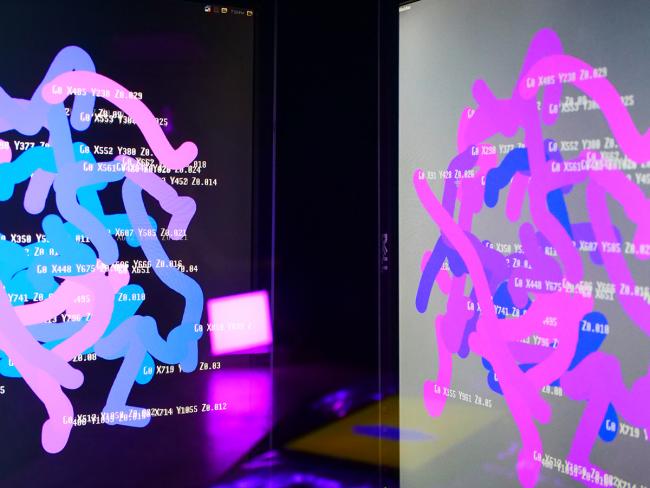College of Design Launches Critical Software Lab for Design Research and Innovation
The University of Kentucky's College of Design has announced the launch of its Critical Software Lab (CSL). Led by Assistant Professor of Architecture Galo Canizares, the lab will become a research hub for design software tools and applications.
By delving into the expansive world of design software, the CSL will shed light on opportunities and challenges presented by commercial, experimental, and open-source tools. With a focus on exploring the potential and limitations of various software options, the CSL will offer practical and theoretical knowledge to supplement the use of existing design software in architecture and related fields.
Said Canizares, “The CSL is an opportunity to engage with students and faculty through customized software instruction support, custom workflows for architecture-related applications, software-related research, code and programming instruction, and the development of custom tools like plug-ins and add-ons. It’s important that students not only know how to use the software – but also understand it.”
The lab will operate with several key objectives in mind. It will help students navigate the complex and ever-evolving world of design software. It will also act as a centralized knowledge base for design software applications, providing up-to-date instructional support in the form of tutorials and documentation.
“My hope is that the Critical Software Lab will bridge the gap between academic software applications and the software development industry, establishing itself as a mediator between the two realms,” said Canizares. “We will also publish critical research on digital media, software, and design, contributing to the broader scholarly discourse in the field.”
The main participants of the CSL will include the lab director, student researchers, and faculty collaborators from the College of Design, spanning architecture, interiors, and product design. In the spirit of fostering transdisciplinary dialogue and cooperation collaborations with other departments within the university will be explored, such as the School of Art and Visual Studies, as research progresses.
Hands-on methods for research and investigation will include exploring new software workflows and techniques, simulation techniques for specific studio or class projects, and qualitative research on emerging technologies like virtual reality (VR) and artificial intelligence (AI).
Research findings will be documented and published on the lab's website and academic publications, emphasizing critical approaches and qualitative research while utilizing quantitative methodologies as well. Additionally, the lab will offer consultation services for faculty interested in incorporating advanced technology into their work.
“We are excited to begin this initiative,” said Canizares. “And we hope to create a collaborative environment that encourages students and faculty to come together, exchange ideas, and push the boundaries of technology.”

